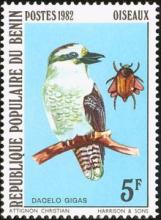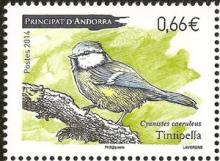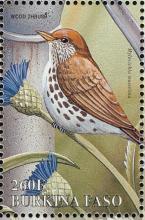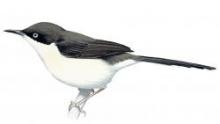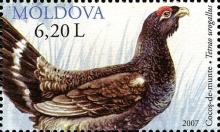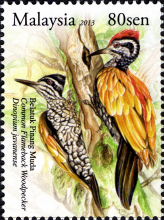Birds have been dying as insects retreat from the cold
Bird watchers say a cold snap in late spring left many birds without their usual food source, resulting in the deaths of many baby birds. “Baby birds and nesting birds rely on insects and other invertebrates to feed their young and as a high source of protein for nesting birds. During cold temperatures like that, the bugs go dormant, they retreat under barks of trees, they just become harder to find,” said Dawn Hewitt, editor of Bird Watcher's Digest. Lacking a proper food source, many adult birds and especially baby birds became malnourished.


